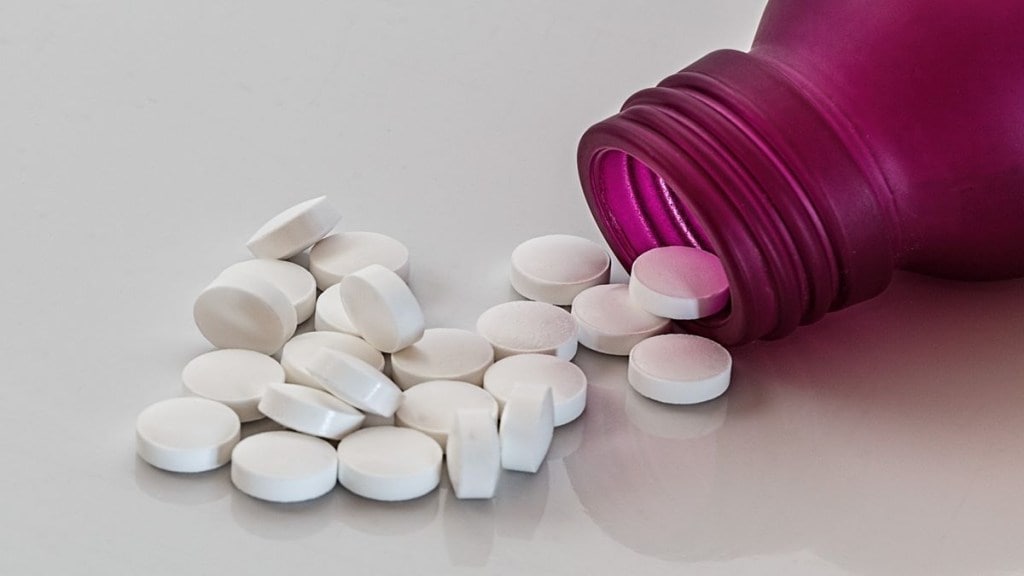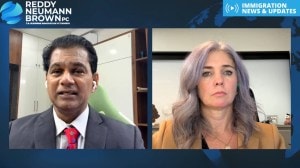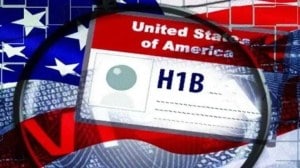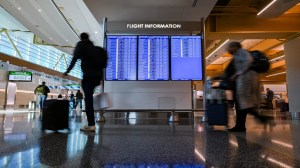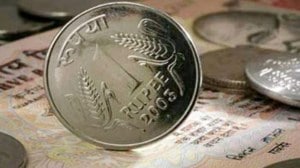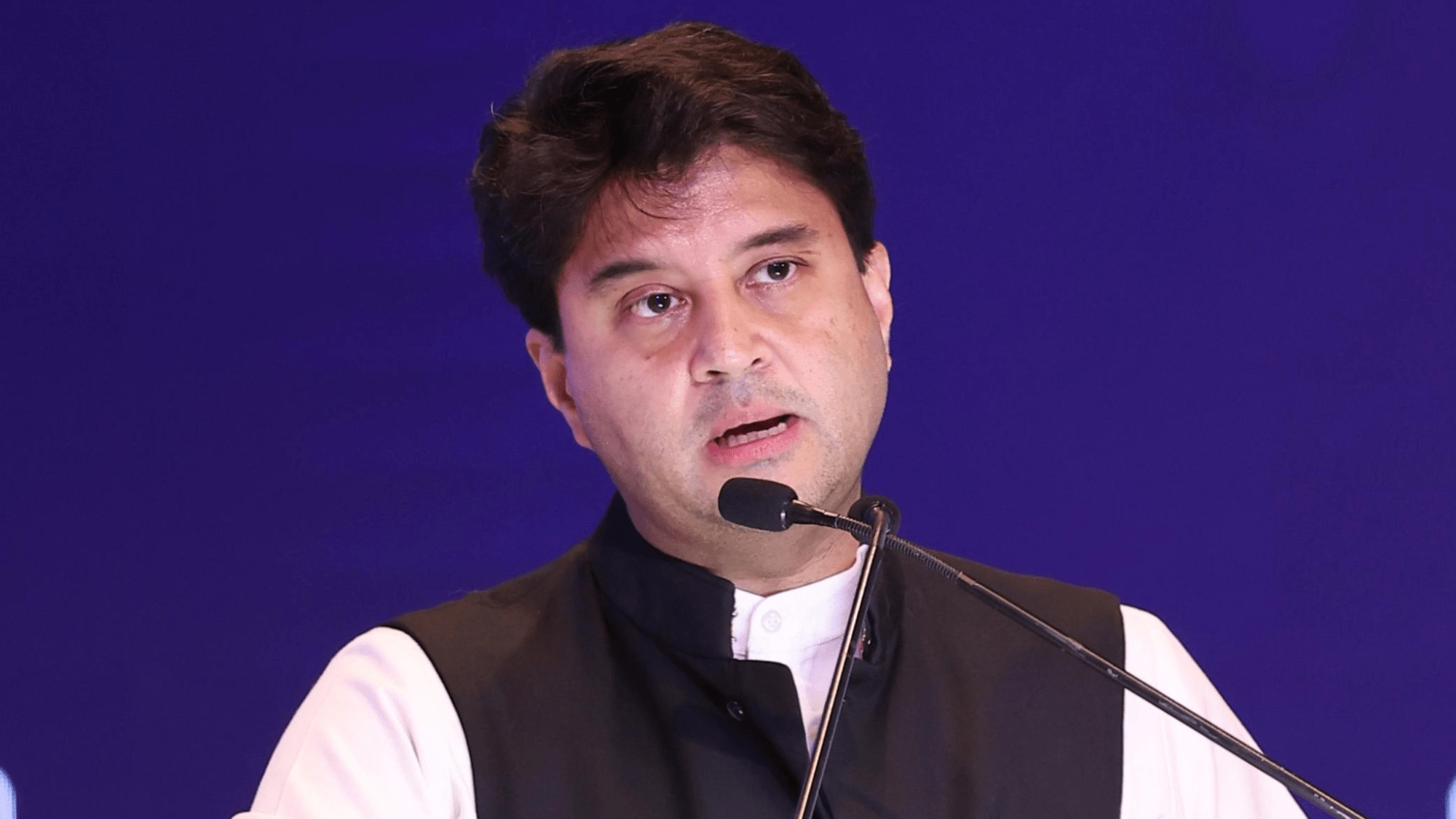The drug price regulator National Pharmaceutical Pricing Authority’s (NPPA) recent notification allowing price hike for essential medicines by a negligible amount (0.00551%) in FY25 has taken the industry by surprise. The pharmaceutical companies are concerned as they face the double blow of high input costs and stringent price controls which is expected to put a pressure on their profit margins.
Since 2018, the price hikes for the National List of Essential Medicines (NLEM) has been in low single digit or less than 1%. In 2022 though, the NPPA allowed price rise of 10.76%. NLEM, a category of medicines whose prices are capped by the government under the Drugs (Prices Control) Order (DPCO) 2013, accounts for about 20% market share of the overall pharma industry with a majority of the big companies being present in this segment.
Experts said that lower-than-expected price hikes can have implications for the patients as well. “While an election-bound government doesn’t want to increase prices of essential medicines for the benefit of the consumers, it’s likely that some pharma companies could discontinue the production as these drugs as they become economically unviable,” said an industry association member on condition of anonymity.
In 2019, for instance, NPPA used its emergency powers to raise the ceiling prices of 21 essential drugs by 50% after several companies applied for the discontinuation of products due to high cost.
“In the short-run, pharma companies could face issues. But some of them will try to offset the effects by increasing the prices of other product categories, especially cosmeceuticals where there’s no price monitoring from NPPA,” said Hari Natarajan, founder & managing director, Pronto Consult.
The tight price control over the years has already resulted in a large number of drug companies shifting towards non-essential drugs market or stopping the promotion of essential drugs altogether.
“Under the DPCO, 2013, the NPPA is mandated to review the list of essential medicines after every 5 years. It also has to recalculate the pricing of these medicines. Because of this rule, they had to reduce prices of 651 medicines last year. Now the prices of some medicines have gone down so much that companies have to stop production. Taking into account these challenges, the government has formed a committee to review the old DPCO,” said Sudarshan Jain, secretary general of Indian Pharmaceutical Alliance.
At the moment, some 400 molecules and 960 formulations are covered under NLEM. The prices of non-essential drugs are also monitored by the government to ensure that the manufacturers of these drugs don’t increase MRP by more than 10% annually.
Some experts said that the NPPA follows DPCO, 2013 which allows for price hikes in line with the changes in WPI index. “The WPI rise has been minimal, which is why the NLEM prices have been kept at the same levels. We believe that most companies will be able to maintain the MRP for the next year,” said Viranchi Shah, national president of Indian Drugs Manufacturers Association.

